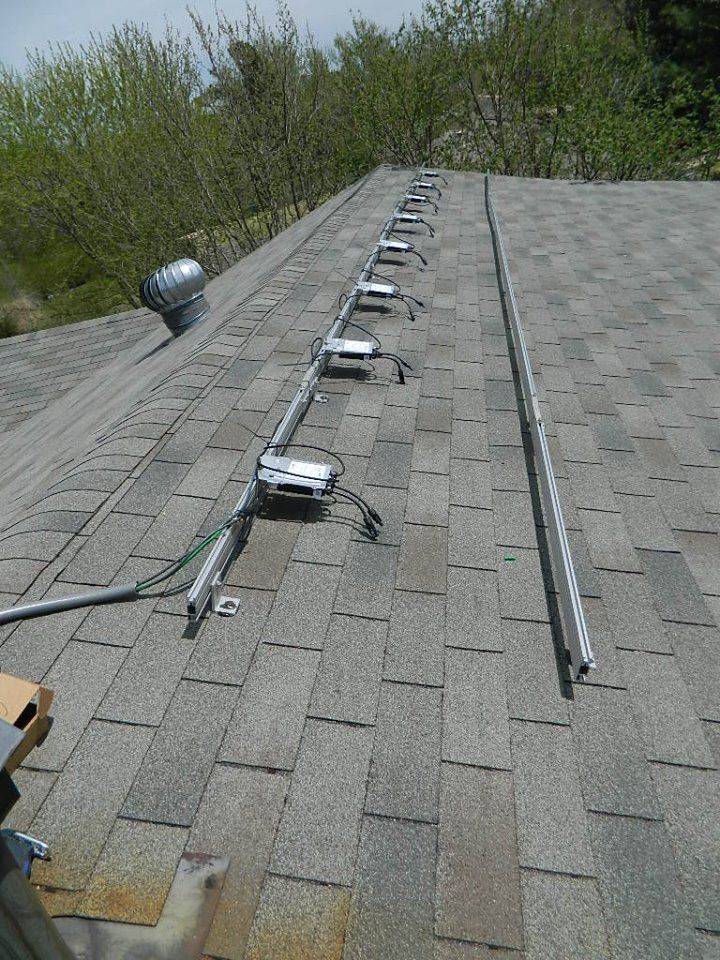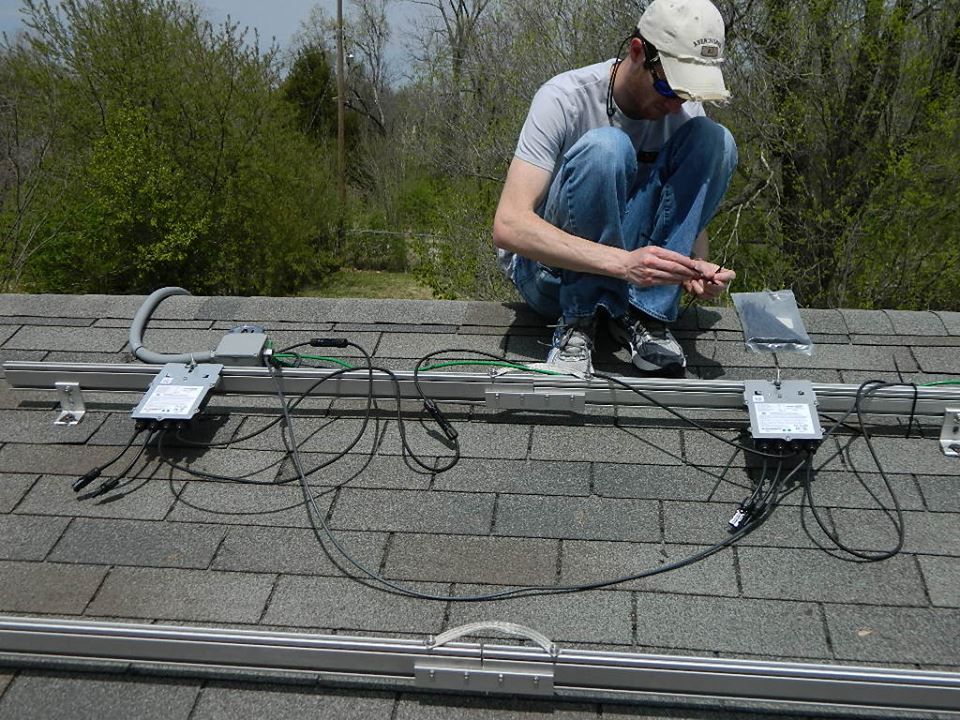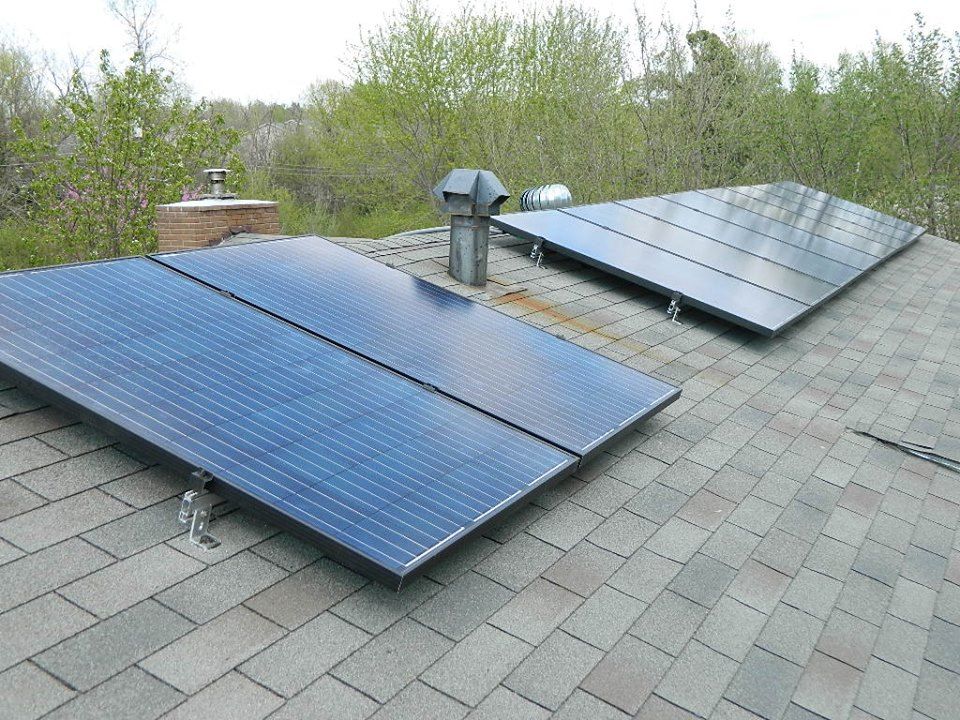I’ve dreamed of solar power since I first heard about it, some 45 years ago. I never really thought I could do it myself but behold –

UPDATE: The system went live about 2:45 pm 4/24/2014 – and produced 784 watts by just after sunrise this morning even though yesterday was overcast and rainy!
UPDATE 2: On Friday 9/18/2014 mid-afternoon we logged one megawatt hour of electricity generated!
Over the years I’ve put my personal energy into supporting renewable energy via votes, letters to newspapers and elected officials, and donations to environmental organizations. Under the poverty level for much of my life, still $10K under even the decreased median income (and that’s including my “part-time job” as an elected county official), I never even thought I’d own a home to put solar panels on. But in December 2010 I made the last payment on my mortgage. And now,




I wish I could say I’m making electricity as I type but the dream is not truly fulfilled yet. The inspector is on vacation – not that I begrudge the man his vacation – and I can’t go live until he gets back and approves it. But it’s close enough to see. The light at the end of the tunnel is not an on-coming train, but the bounteous and brilliant sunlight that soon will be powering my home as well as brightening my life.
21 comments